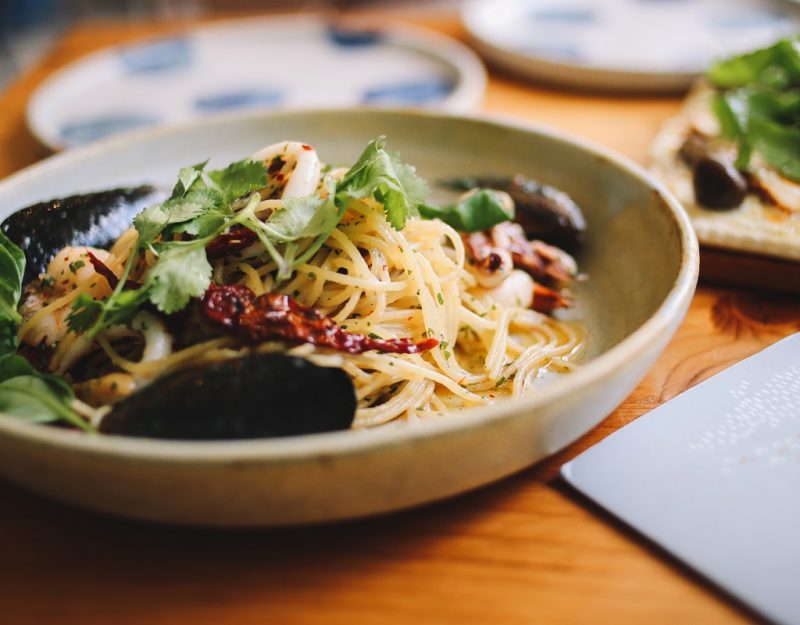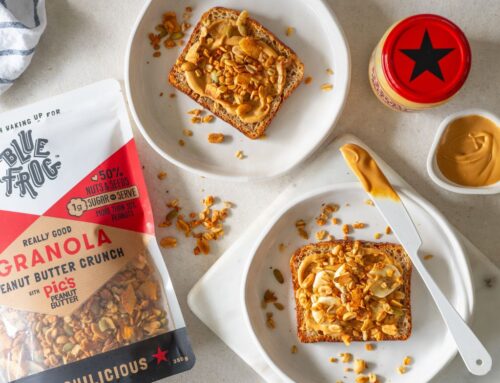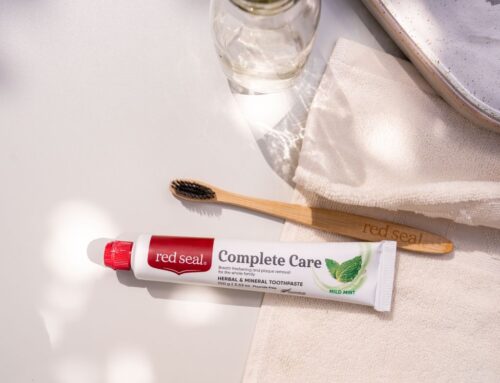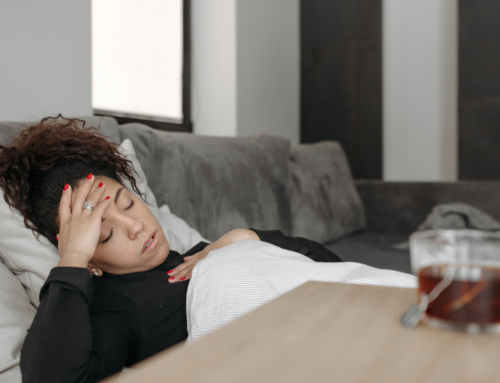Pasta is one of the quickest and easiest starches to serve at dinner time – but considering how simple it should be to make, it is surprisingly easy to cook it badly so that instead of ‘al dente’ pasta, you end up with a soggy pile of water-logged pasta.
Pasta is unleavened dough made with flour and water that sometimes has other ingredients added such as olive oil, eggs and vegetable extracts. There are two basic types of pasta – fresh and dried. While fresh pasta keeps for a few days in the refrigerator after being made, dried pasta can be stored for up to two years.
How to cook pasta
- Bring a large pot of water to the boil. You will need one litre per 100g of pasta.
- Add 1 teaspoon of salt per salt per litre. Return the water to the boil.
- Add pasta to the boiling water. Cooking times depend on the type of pasta you are cooking. For dried pasta, refer to the package for a guide. Fresh pasta requires 2-4 minutes. Some pasta such as gnocchi and ravioli are considered to be cooked as they rise to the surface of rapidly boiling water.
- Test the pasta by eating a piece – if it soft but gives a little resistance when chewed, it is ready. This is referred to in Italian as ‘al dente’, which means ‘to the tooth’.
- As soon as the pasta is cooked, the cooking water should be drained to stop the cooking process.
Types of pasta
Pasta comes in many different shapes and sizes – each one perfectly suited to a particular use. Take the time to choose pasta carefully so that you match the variety of pasta with the dish you are going to serve.
Long pasta
Includes spaghetti, linguine, fettucine, capellini, spaghettini, vermicelli, bucatini, maccheroncini, ziti, bavettine, bavette, canalini, spaghetti alla chitarra, spaghetti rigati, bigoli, lasagne.
Short pasta
Includes penne rigate, penne, fusilli, tortigloni, macaroni, rigatoni, penne lisce, canneroni, fusilli, farfalle, spiralle, ricolli di Sfoglia, garganelli, torchietti, campanelle, gemelli, casarecce, gnocchi, castellane, radiortori, fiscarmoniche, riccoli, pipe rigate, conchigli rigate, orecchiette, ruote, spighe, pasta mista, ricciutelle, maltagliati.
Minute pasta
Includes lancette, farfalline, soprese, soprese lisce, quadretti, coralline, ditalini rigati, anellini, stelline, gratini, grattoni, tempestine, puntine, risi, midolline, risoni.
Egg pasta
Includes tagliolini, tagliatelle, paglia e fieno, tagliatelle con spinachi, parpardelle, parpardelle all’uovo.
Fresh pasta
Includes gnocchi.
Filled pasta
Includes agnolotti, ravioli, tortellini and cannelloni.
Pasta for baking
lasagne, cannelloni, conchiglioni, reginette.
Which pasta for which sauce?
While there are no hard and fast rules about which pasta goes with which sauce, as a general rule:
- Thin delicate pastas require light sauces such as a pesto or light tomato sauce.
- Thicker pasta like fettucine, bavette and linguine work well with heavier sauces like ragout (bolognaise) and carbonara.
- Sauce with chunky ingredients such as mushrooms, bacon and vegetables are suited to spiral and tubular pastas that hold the sauce along the ridges of the pasta.
- Lasagne sheets, penne, cannelloni tubes and macaroni are great for use in baking as they won’t collapse easily under high heat.
- Tiny pasta such as like risoni and stelline(stars) work well in soups.
Tips for cooking perfect pasta
- Plenty of rapidly boiling water is essential for fresh, clean tasting pasta.
- Don’t be tempted to omit the salt when cooking pasta – you will end up with bland pasta. The salt also aids the pasta in absorbing water in the cooking process.
- Some people like to add oil to the cooking water to stop the pasta sticking together but what it really does is stop the sauce sticking to the pasta.
- Rinsing pasta after it’s cooked is of no real benefit unless you have cooked it in too little water and the pasta is a starchy mess.
- If you are cooking pasta for pasta salad, make sure you remove it from the cooking water immediately and run it under cold water so the pasta stops cooking and retains its bite.
- Do not break pasta that is too long for the pot. Just sit it in and let the heat ‘melt’ it down until it’s under the surface of the water.






Leave A Comment
You must be logged in to post a comment.